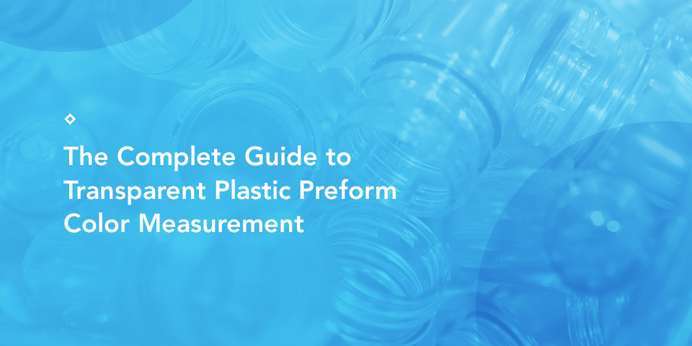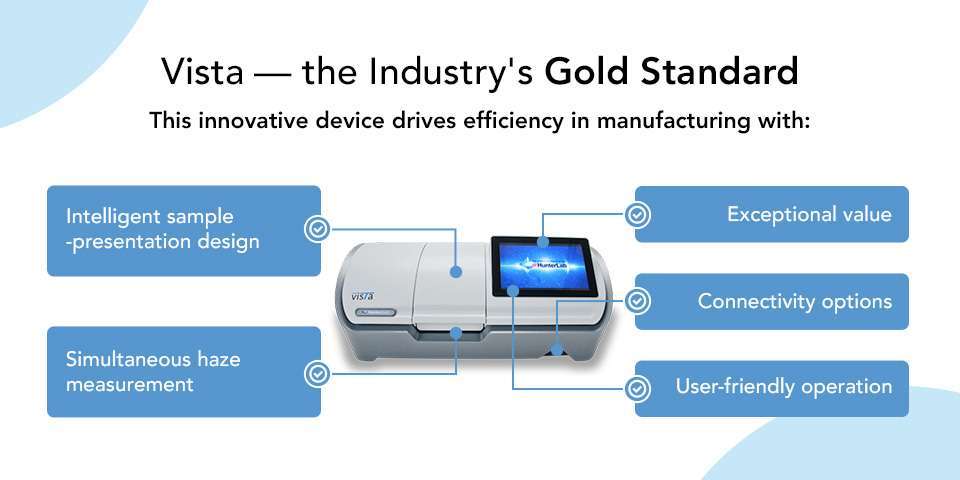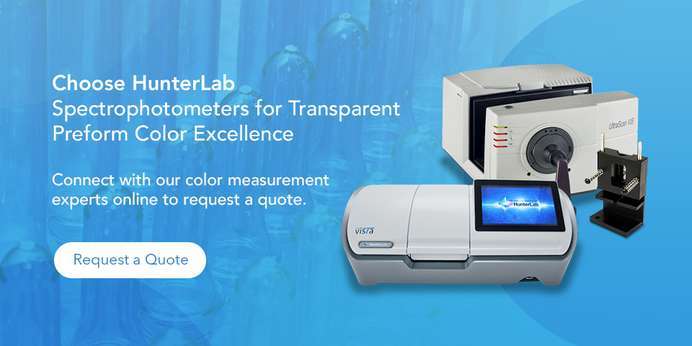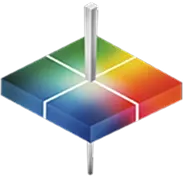
Transparent plastic preforms are essential for companies that manufacture goods like beverages, edible oils, and intermediate chemicals like alcohols and glycols to form the container for the end product. The color of these preforms is equally vital, helping determine the final product's appearance and its impact on consumers' acceptance, buying decisions, and perceptions of quality.
Beyond influencing your customers, color consistency keeps manufacturing costs under control, since alterations can lead to waste. All cement the importance of color measurement at every stage of production to uphold quality assurance (QA) throughout the supply chain, from raw materials to finished goods.
The Challenges With Color Consistency in Transparent Plastic Preforms
Multiple factors can impact the appearance of transparent plastic preforms, from raw material variations to processing conditions and physical characteristics. All present specific challenges to overcome to achieve consistency and the desired appearance.
Variability in Raw Materials
Variability in raw materials is a frequent challenge for every plastics manufacturer, as well as producers who rely on plastic preforms.
Global regulatory bodies and consumers are embracing sustainability, leading to higher demand for the inclusion of more recycled polyethylene terephthalate (rPET). With this rising expectation comes new challenges, since rPET often contains high amounts of optical brightening agents (OBAs) to overcome yellowing. Every delivery of raw materials typically differs in that composition, making color measurement crucial to managing rPET variations successfully. Quantifying color at this stage empowers scientific, objective, and data-driven decisions to uphold aesthetics, quality, and performance.
Other challenges include variations in the amount and type of additives and pigments that can influence the final color. Additionally, contaminants like dust or residual color from previous runs may lead to alterations in appearance or clarity.
Physical Preform Properties
Transparent plastic preforms naturally present measurement challenges due to their physical properties.
Preform shapes and specifications represent the first difficulty. Contoured surfaces and variations in thickness inherently impact cooling rates, which can lead to alterations in color consistency. Inaccurate sample presentation can further influence measurement accuracy.
Additionally, transparent plastic preforms are susceptible to haze that affects color perception. This cloudy appearance is often caused by microparticles embedded within the plastic, which causes light to scatter when it interacts with the sample.
How Spectrophotometry Addresses the Challenges
Spectrophotometry is the most accurate and objective way to quantify color in transparent plastic preforms. Top-rated spectrophotometers solve the issues of manual visual evaluations — observer fatigue, error-prone assessments, and variabilities in surroundings that can affect how we perceive appearance.
Specialized Design for Transparent, Contoured Surfaces
This equipment provides scientific, numerical color data through specialized optical geometries and controlled lighting by measuring transmittance — the intensity of light at specific wavelengths within the visible spectrum that passes through the sample. Operators can then compare the readouts against established scales and indices, such as the Yellowness Index, to ensure the preform falls within acceptable tolerances, promoting consistent and repeatable results.
Higher rPET Content Without Guesswork
Tight color control with spectrophotometry is also how brands increase rPET without sacrificing appearance. When you have objective color data within seconds, you can raise recycled content while protecting appearance. Capture color measurement during incoming to set OBA dosing from data, not estimates. Using the same approach for in-process assessment and final inspection also helps identify alterations faster to uphold your quality control (QC) and support color consistency, even across different sites and suppliers.



